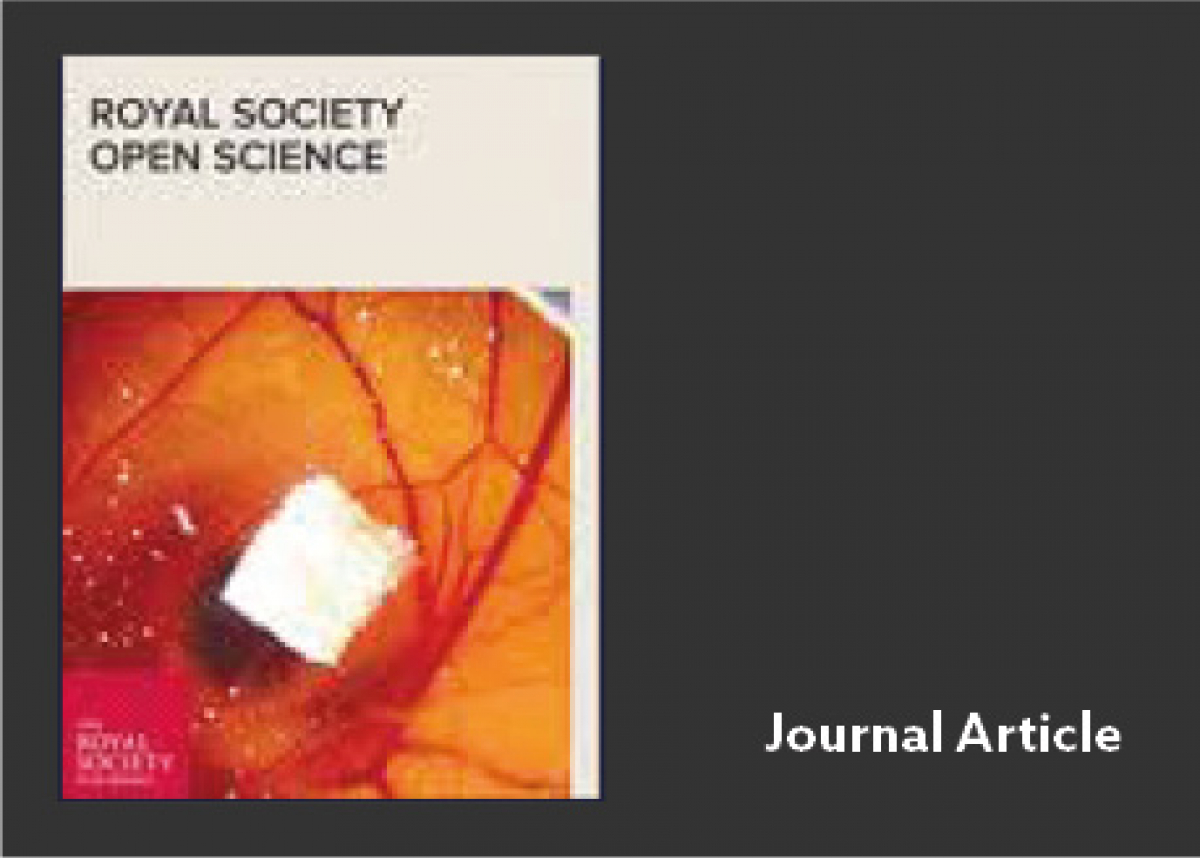
Green space and the built environment: Optimising health benefits in rapidly emerging cities of the global South
Urban green space and the built environment can promote healthy behaviours, increase wellbeing and reduce socio-economic health disparities. Yet most evidence for these links comes from high-income countries, with little from low- and middle-income countries.
New research in Colombia’s second city, Medellin, addresses this gap, along with a review of research into the links between urban biodiversity and health. The findings identified optimum densities of residential population, road junctions and amenities in relation to people’s cardiovascular and metabolic health. There are also associations between floral biodiversity and health. However, people with lower socio-economic status derive fewer health benefits from green spaces.
These findings can inform policy to optimise people’s physical and mental health in cities across the global South. Urban planners and health officials should coordinate policies to promote equitable, inclusive access to quality urban green space, and tackle underlying health disparities, so all city dwellers can benefit.